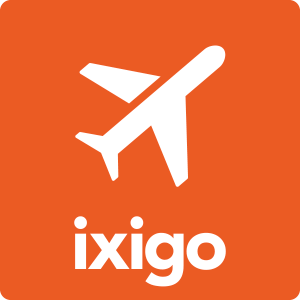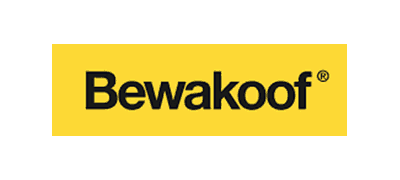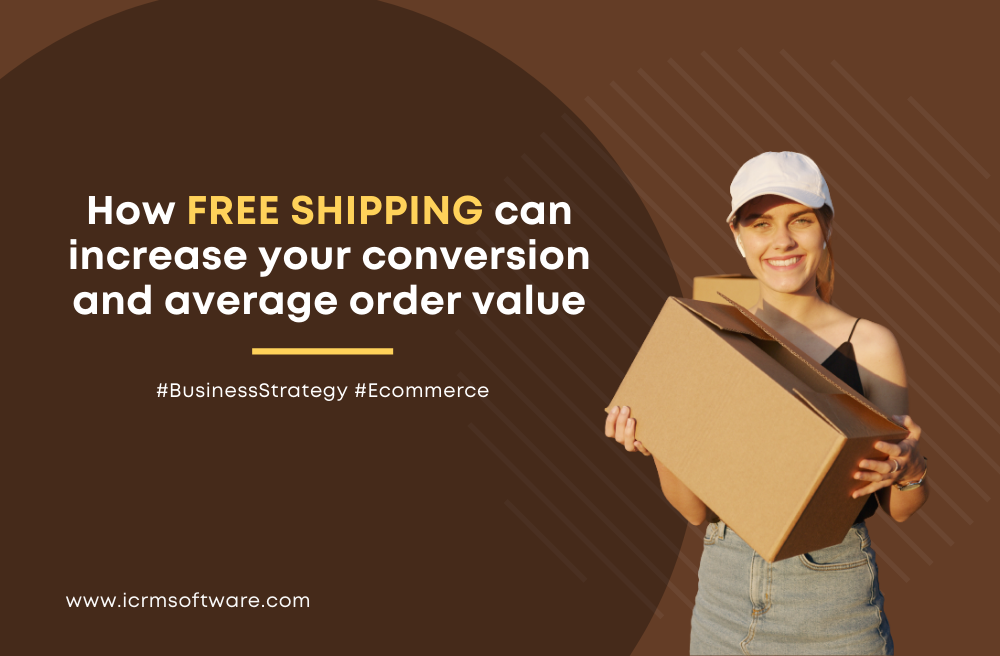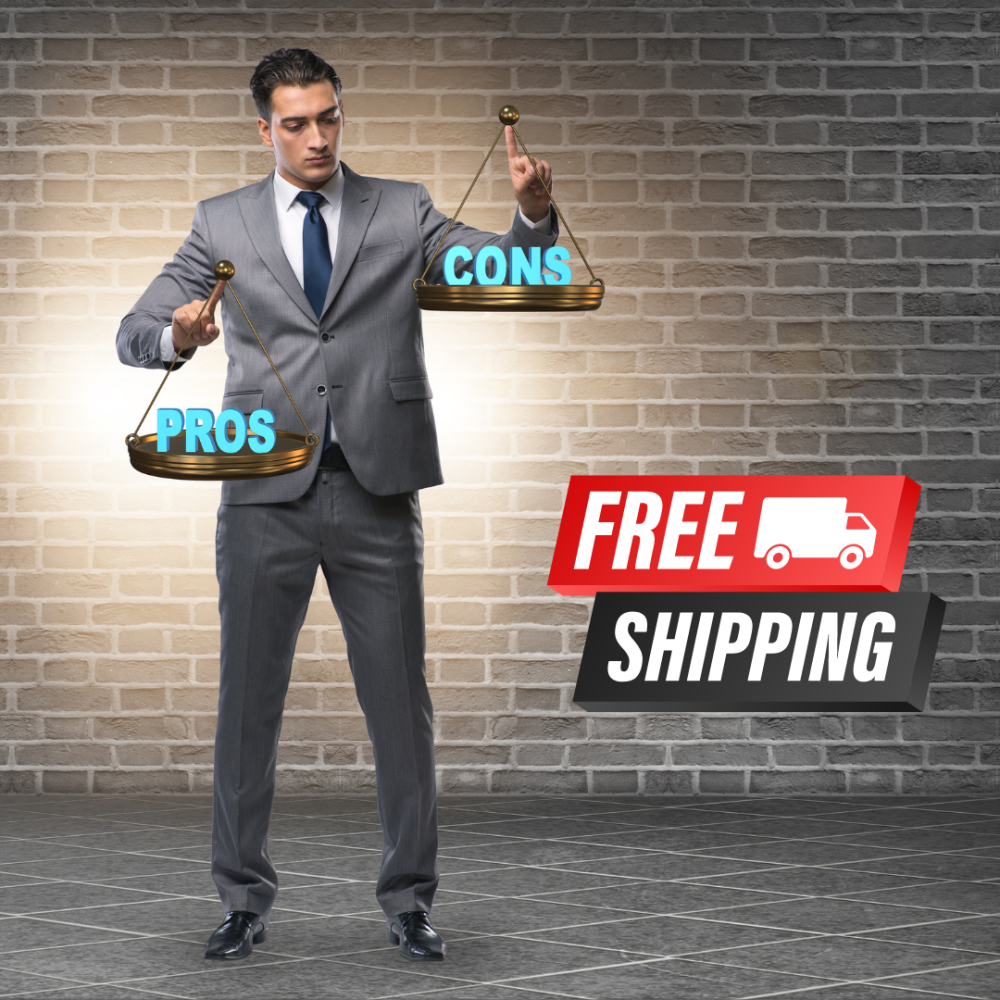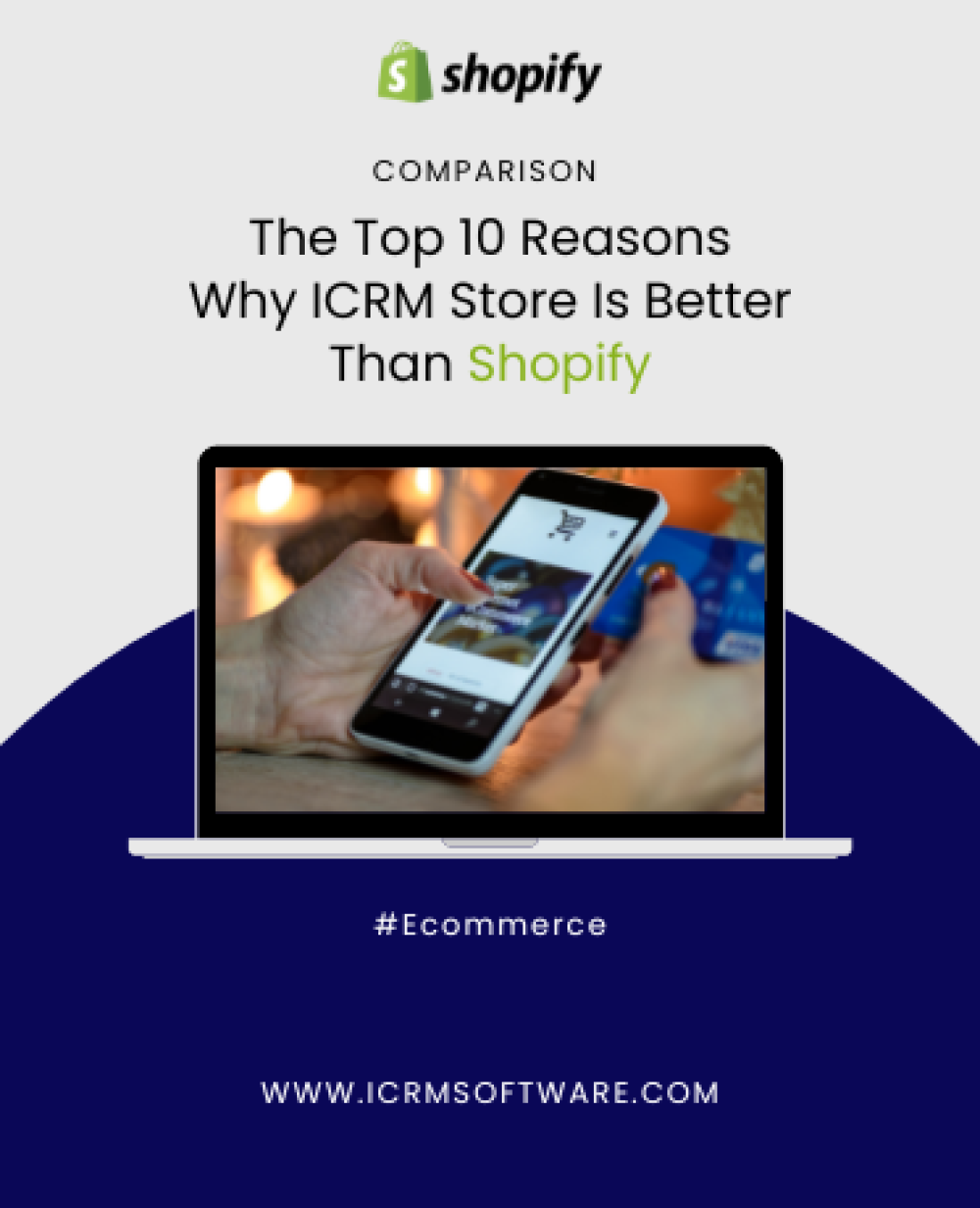How Free Shipping Can Increase Your Conversion and Average Order Value
Although it isn't a top-of-mind thought for busy merchants, shipping is one of the biggest considerations for customers shopping online. "How much is shipping?" and "When will my order arrive?" are crucial questions that determine whether a buyer will complete their purchase or not.
Today, customers expect free shipping and super fast delivery. According to a recent McKinsey report, over 90% of Indian consumers expect two- to three-day delivery as the norm, with 30% expecting same-day delivery. According to the 2021 Consumer Trends Report, 80% of consumers expect free shipping when ordering a certain amount of products, and 66% expect free shipping for all online orders. And if it’s not offered? They’re happy to walk away.
Shipping fees are frequently named as one of the main reasons why shoppers abandon their carts—with an average abandonment rate standing at 69.8%. With these numbers in mind, we’ve broken down the free shipping strategy for you: When and how to use it to increase your conversion and average order value. Read on!
When to offer free shipping
There is no such thing as free shipping. In order to offer free shipping on all products, you'll either need to pay for it out of your own margins or increase the price of your products. If done correctly, absorbing this cost can have a huge payoff.
Depending on your business and current profit margin, you don’t have to offer year-round free shipping. Instead, it can be used as a tactic to push specific items, offload extra inventory, or increase average order value (AOV) during sales events.
Here are some ways to offer free shipping conditionally or promotionally to benefit your business and your customers:
-
With a minimum order value
-
As a one-time promo code to gain new newsletter subscribers and customers
-
Exclusively during peak sales periods like Black Friday and Cyber Monday, Christmas, or Mother’s Day as a promotion or an alternate to discounting
-
On select products or combinations of products only to help clear extra inventory or one-off items
If your customers are already in buying mode, free shipping makes it easier to rationalize making the purchase and to reach the free shipping threshold. In fact, 48% of consumers will add extra items to their carts just to qualify for free shipping
💡Tip: Set up free shipping rates in your ICRM admin panel.
 Wildcraft displays their free shipping with a minimum order value of $35 in the promotion bar on their site.
Wildcraft displays their free shipping with a minimum order value of $35 in the promotion bar on their site.
How to calculate your free shipping threshold
If you decide to offer free shipping, there are a few ways to go about calculating the threshold number that’s right for you. To get started, one important metric is your average order value (AOV). For example, let’s say you have some orders already for the following amounts: $86, $112, $71, $65, $105. If you add them all up and divide by the total number of transactions (five in this case), you’ll get your AOV of $87.90.
You could also use the median order value (MOV) to calculate a free-shipping threshold. The median is the midpoint in a set of values that has an equal number below and above it. In other words, the median order value means that half of all your orders are above the median value and half are below it. Going with the orders example above, ranking these orders from lowest to highest, you’ll get the MOV of $86, which is right in the middle. The MOV has an advantage over the AOV in some cases when the average order value may be skewed due to outlier orders that are either super high or super low.
"80% of consumers expect free shipping when ordering a certain amount of products."
With this particular example, you might want to offer free shipping on all orders over $100. This will nudge your customers to reach an attainable free shipping threshold and also increase your average order size, which can give you additional profit to help partially cover the cost of free shipping.
Ideally, the free shipping threshold is set just high enough above your MOV or AOV that it nudges customers to add one or two extra items to their shopping cart, which they might not have otherwise.
Other free shipping threshold considerations
- Your standard shipping costs: These can be affected by average box size, geography (whether you’re shipping domestically or internationally), and the weight of the products you’re sending out. Determine both what you’re charging customers, as well as what’s being charged to you by carriers.
- Any other fees you pay on transactions, such as customs duties or credit card fees.
- The cost of the products, packaging, and your profit margin: How much of a hit are you willing to take to your overall profit?
- Your AOV: Keep in mind that there may be outliers, such as extremely high or low-price SKUs that can distort the value of your average cart.
Experiment with different thresholds above your AOV or MOV to find the minimum order number that performs best. There’s never a silver bullet for conversions—factors like price, images, and product innovation will all ultimately influence customer behavior differently.
And do embed the free shipping threshold throughout your customer experience, including not-so-subtle reminders during checkout. This will help coax more shoppers into adding items to their carts in order to qualify for the free shipping you’re offering. See how Allbirds does their $50 USD minimum free shipping and checkout messaging:

Get competitive shipping rates
When you’re offering free shipping, reducing the cost of each shipment is one way to make it more sustainable for your business. Delivery costs, including holiday surcharges, have been rising across India as the pandemic drags on—and are expected to be the new norm. To minimize your shipping costs, research shipping options in your area to see if there are ways to save money by providing lower rates than retail pricing on the mail classes and services you need.
Add local delivery or local pickup
If you can’t offer free shipping on an ongoing basis, consider adding local delivery or curbside pickup. Data from ICRM Software shows that online shoppers spend 23% more and have a 25% higher cart size when local pickup and delivery are offered by independent businesses.
On a local scale, customers actively look to support their local businesses to help sustain their communities and economy. They’re also interested in local shipping and curbside pickup options because it offers enticing advantages. For e-commerce retailers, the unfortunate reality caused by the pandemic is shipping delays—and customers want to avoid it. Local delivery and pickup can offer price and delivery speed advantages over shipping.
Second, local delivery offers a way to create a personalized brand experience. Customers who shop locally are looking for that personal experience, and because you can't provide that in-store, local delivery is a way to do it. You can leverage this to connect with existing customers and attract new ones. For example, you can include a personalized packaging insert and thank them for their purchase or a personalized message in the delivery notification.
Store your inventory closer to your customers
Over time, your order data will show patterns of what customers are buying, where they’re based, and how much they typically spend. This information will help you decide whether you want to store and ship products from multiple locations or outsource your fulfillment to a warehousing network. By storing your products closer to your customers, you can reduce carrier costs and offer now-standard free shipping, plus faster shipping speeds.
Something to consider: By relocating your inventory, you will incur new storage costs that will impact your profit margins. By speaking to a third-party logistics provider, you can better understand the exact costs you’d incur by outsourcing the pick, pack, and shipping process.
As order volume increases, many merchants begin to consider ways to outsource the pains of shipping so they can remain focused on scaling their businesses. The next big step of outsourcing your order fulfillment and offering free shipping requires looking at margins and better understanding how consistent fulfillment will impact your checkout conversion.
Revisit your shipping policies
How are you planning to keep up with customers’ rising shipping expectations? You’ll have to tinker with different free shipping thresholds and options to see which one leads to the highest profit margins. Keep in mind that this sweet spot threshold is not a “set and forget” number—your strategy will, and should, change as your business grows. Remember to revisit your shipping policies at key selling periods and growth milestones!

